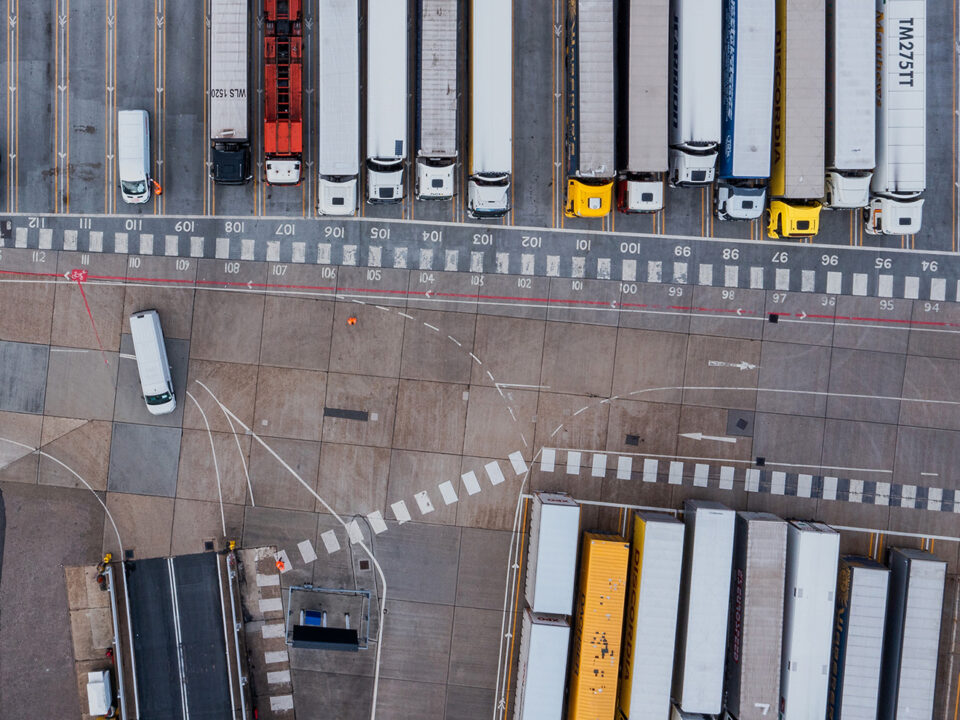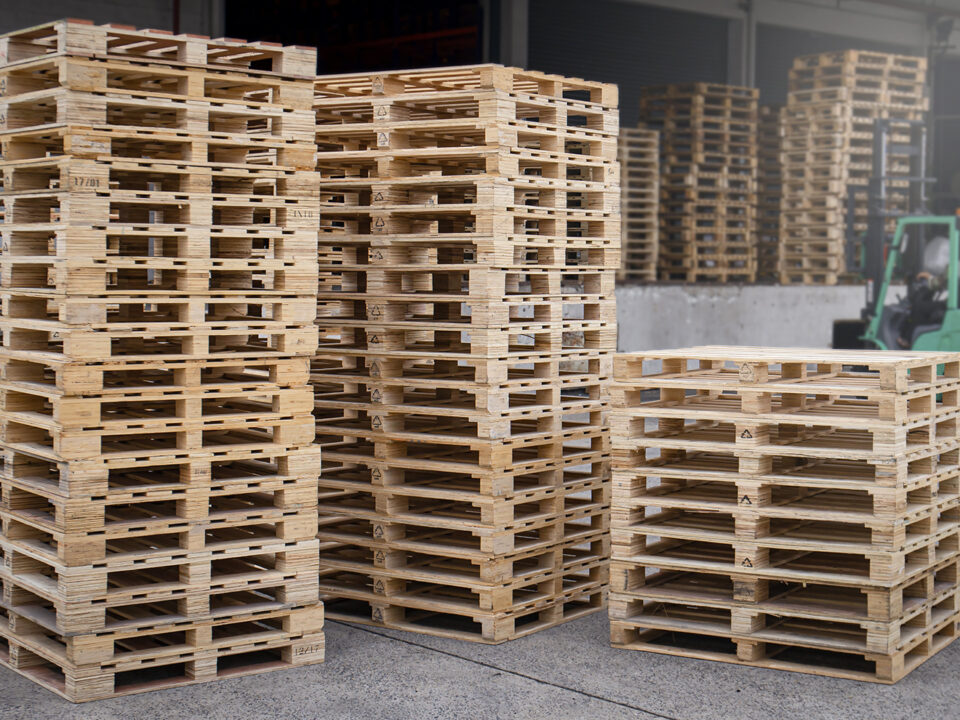The most extended logistical flow models

Welcome!
21/03/2016
There are different variants in the process of receiving and distributing any cargo, all with their own special characteristics and critical factors to take into account. The coordination required by the transport sector to supply any type of industry, changes radically depending on the method selected, which is why HTG Express has the most experienced professionals to provide a flexible and agile service.
Any activity in the movement of materials and components that takes place within the company itself can be considered internal. A classic example of internal flow is the path that a material follows from when it leaves intermediate inventory management until it enters the manufacturing and transformation process itself.
Within the external flow, there are two categories. When materials or consumables move from the supplier to the warehouse or point of production, the supply flow is considered to be upstream. A manufactured product, on the other hand, would start a downstream distribution flow; the classic example being the packaging, handling, transport and final storage of said product.
Within external flows there are different ways of organising logistics, with the following four being the most commonly used today.
Tight-flow
As previously discussed by HTG Express in a specific article, tight-flow logistics involve the delivery of supplies to the industry in a constant and coordinated manner, so that the production process does not stop, while avoiding storage costs.
Using this methodology requires integrating an express transport service within the manufacturing system itself and have them working in synchronization.
Push method
This way of organising the manufacturing process is one of the most classic in traditional industry. The method consists in forecasting the orders to be placed based on previous production and market evolution.
Once the situation has been analysed, the decision is made to set a quota and the mobilisation of human and material resources begins, activating all transport needs in an organised manner.
One of the advantages of this method is that if demand arises and increases, the industry is already prepared and only needs to increase the flow of external transport to reach the necessary quotas. On the other hand, if the forecast does not match the actual demand, losses due to overstocking or increased production costs can occur.
Production flow or pull method
This method, which has grown exponentially as the use of the Internet for mass consumption has increased, is based on make-to-order manufacturing. The production of each item is started at the very moment the purchase is made.
On-demand manufacturing minimises the storage of materials and the risk of losses due to stock shortages, but it is very sensitive to external changes, such as a sudden price increase in components and raw materials, or unexpected problems in transport routes. As was already evident after the exponential increase in demand for face masks in 2020 or the blockage of the Suez Canal, many industries that relied on this system were unable to adapt to the situation.
Synchronous flow
This method focuses especially on the order of arrival of required supplies. Organising manufacturing in this way involves coordinating the transport system as the production process itself progresses.
Delivering material or a component at the very moment it is needed bypasses the cost of storage, but it requires a very precise level of organisation and is not adaptable to all industrial processes.



